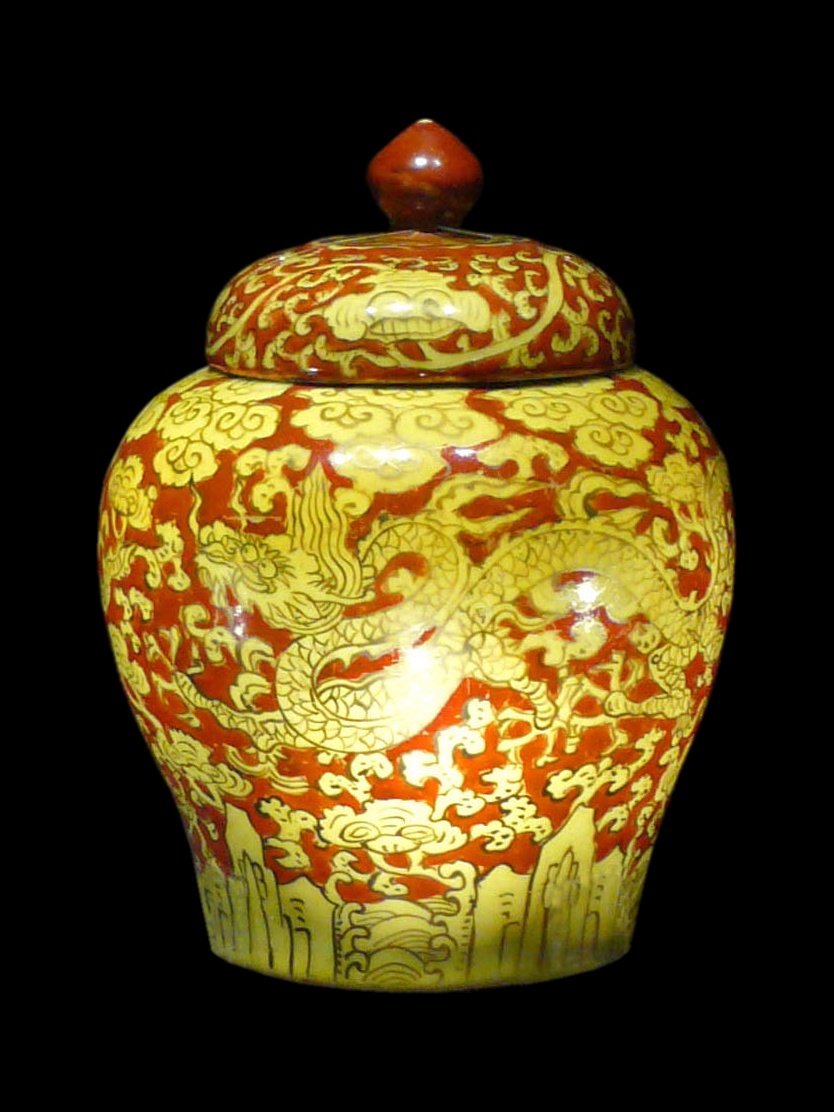Chinese Ceramics

Chinese ceramics show a continuous development since pre-dynastic times and are one of the most significant forms of Chinese art and ceramics globally. The first pottery was made during the Palaeolithic era. Chinese ceramics range from construction materials such as bricks and tiles, to hand-built pottery vessels fired in bonfires or kilns, to the sophisticated Chinese porcelain wares made for the imperial court and for export. Porcelain is so identified with China that it is still called "china" in everyday English usage.
Most later Chinese ceramics, even of the finest quality, were made on an industrial scale, thus few names of individual potters were recorded. Many of the most important kiln workshops were owned by or reserved for the Emperor, and large quantities of ceramics were exported as diplomatic gifts or for trade from an early date, initially to East Asia and the Islamic world, and then from around the 16th century to Europe. Chinese ceramics have had an enormous influence on other ceramic traditions in these areas.
Increasingly over their long history, Chinese ceramics can be classified between those made for the imperial court, either to use or distribute, those made for a discriminating Chinese market, and those for popular Chinese markets or for export. Some types of wares were also made only or mainly for special uses such as burial in tombs, or for use on altars.
Fun Facts:
Chinese potters have a long tradition of borrowing design and decorative features from earlier wares. Whilst ceramics with features thus borrowed might sometimes pose problems of provenance, they would not generally be regarded as either reproductions or fakes. However, fakes and reproductions have also been made at many times during the long history of Chinese ceramics and continue to be made today in ever-increasing numbers.
- Reproductions of Song dynasty Longguan Celadon wares were made at Jingdezhen in the early 18th century, but outright fakes were also made using special clay that were artificially aged by boiling in meat brith, refiring and storage in sewers. Père d'Entrecolles records that by this means the wares could be passed off as being hundreds of years old.
- In the late 19th century, fakes of Kangxi period famille noire wares were made that were convincing enough to deceive the experts of the day. Many such pieces may still be seen in museums today, as may pieces of genuine Kangxi porcelain were decorated in the late nineteenth century with famille noire enamels. A body of modern expert opinion holds that porcelain decorated with famille noire enamels was not made at all during the Kangxi period, though this view is disputed.
- A fashion for Kangxi period (1662 to 1722) blue and white wares grew to large proportions in Europe during the later years of the 19th century and triggered the production at Jingdezhen of large quantities of porcelain wares that strike a resemblance to ceramics of earlier periods. Such blue and white wares were not fakes or even convincing reproductions, even though some pieces carried four-character Kangxi reign-marks that continue to cause confusion to this day. Kangxi reign-marks in the form shown in the illustration occur only on wares made towards the end of the 19th century or later, without exception.
